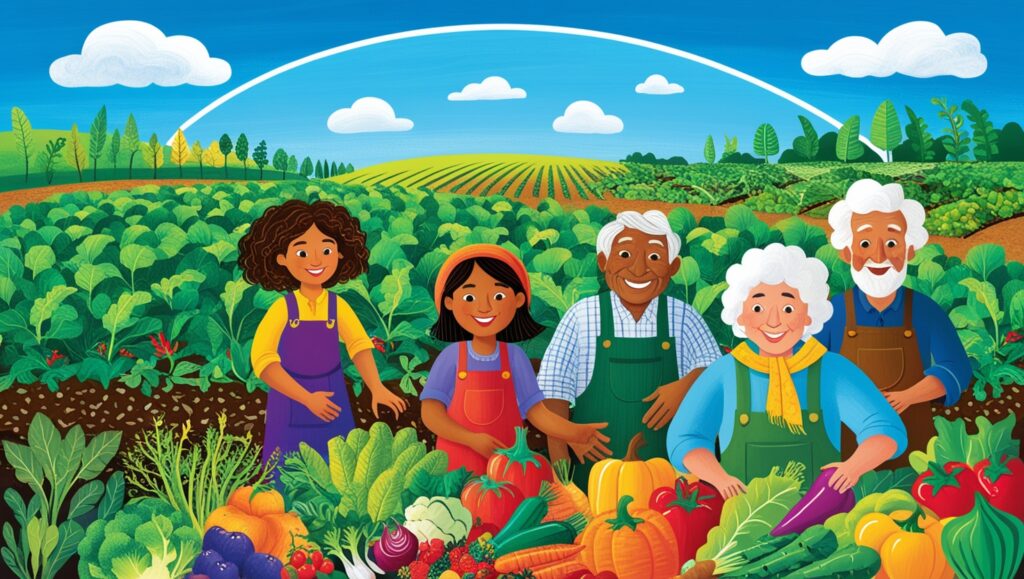The Rise of Regenerative Agriculture: Restoring Soil Health for Future Generations

As the global demand for food continues to rise, the need for sustainable farming practices has never been more critical. Regenerative agriculture—a holistic approach to farming—aims to restore soil health, enhance biodiversity, and combat climate change while ensuring long-term productivity and profitability for farmers.
What is Regenerative Agriculture?
Regenerative agriculture is an ecosystem-focused approach that prioritizes soil health, carbon sequestration, and biodiversity. Unlike conventional farming, which often depletes soil nutrients, regenerative practices aim to restore and enhance the natural ecosystems within the soil.
Core Principles of Regenerative Agriculture
- Building Soil Organic Matter
Practices like composting and cover cropping help increase soil organic matter, improving water retention, nutrient availability, and microbial activity. - Minimizing Soil Disturbance
No-till or reduced-till farming prevents soil erosion, retains moisture, and protects the microbial life essential for healthy soil. - Diverse Crop Rotations
Planting a variety of crops improves soil structure, reduces pest pressure, and enhances nutrient cycling. - Integrating Livestock
Managed grazing systems allow livestock to contribute to natural nutrient recycling, improving soil fertility and structure. - Perennial Plant Systems
Incorporating perennial crops and agroforestry stabilizes the soil, reduces erosion, and increases carbon storage.

The Benefits of Regenerative Agriculture
- Restoring Soil Health: Healthy soil is rich in organic matter, supports microbial life, and promotes resilient crops.
- Carbon Sequestration: By trapping carbon in the soil, regenerative practices can significantly mitigate climate change.
- Enhanced Biodiversity: Diverse cropping systems and agroforestry create habitats for pollinators, birds, and beneficial insects.
- Improved Water Management: Healthy soil absorbs and retains more water, reducing the risk of drought and flooding.
- Economic Sustainability: Regenerative systems reduce dependency on costly synthetic inputs and improve long-term farm profitability.
Real-World Success Stories
Farmers worldwide are reaping the benefits of regenerative agriculture. In the U.S., Gabe Brown, a pioneer in the field, transformed his degraded land into a thriving farm using no-till farming, cover crops, and rotational grazing. Similarly, initiatives in India and Africa have shown how smallholder farmers can boost yields and resilience by adopting these practices.
Overcoming Barriers to Adoption
Despite its promise, regenerative agriculture faces challenges, such as limited awareness, resistance to change, and the need for initial investment. Governments, NGOs, and agricultural institutions must provide education, incentives, and technical support to accelerate its adoption.

A Path to a Sustainable Future
Regenerative agriculture represents a paradigm shift in how we approach food production. By restoring the health of the land and fostering harmony with nature, it offers a sustainable solution to feeding a growing population while preserving the planet for future generations.
The rise of regenerative agriculture is not just a farming revolution—it is a movement toward a healthier, more sustainable world.





